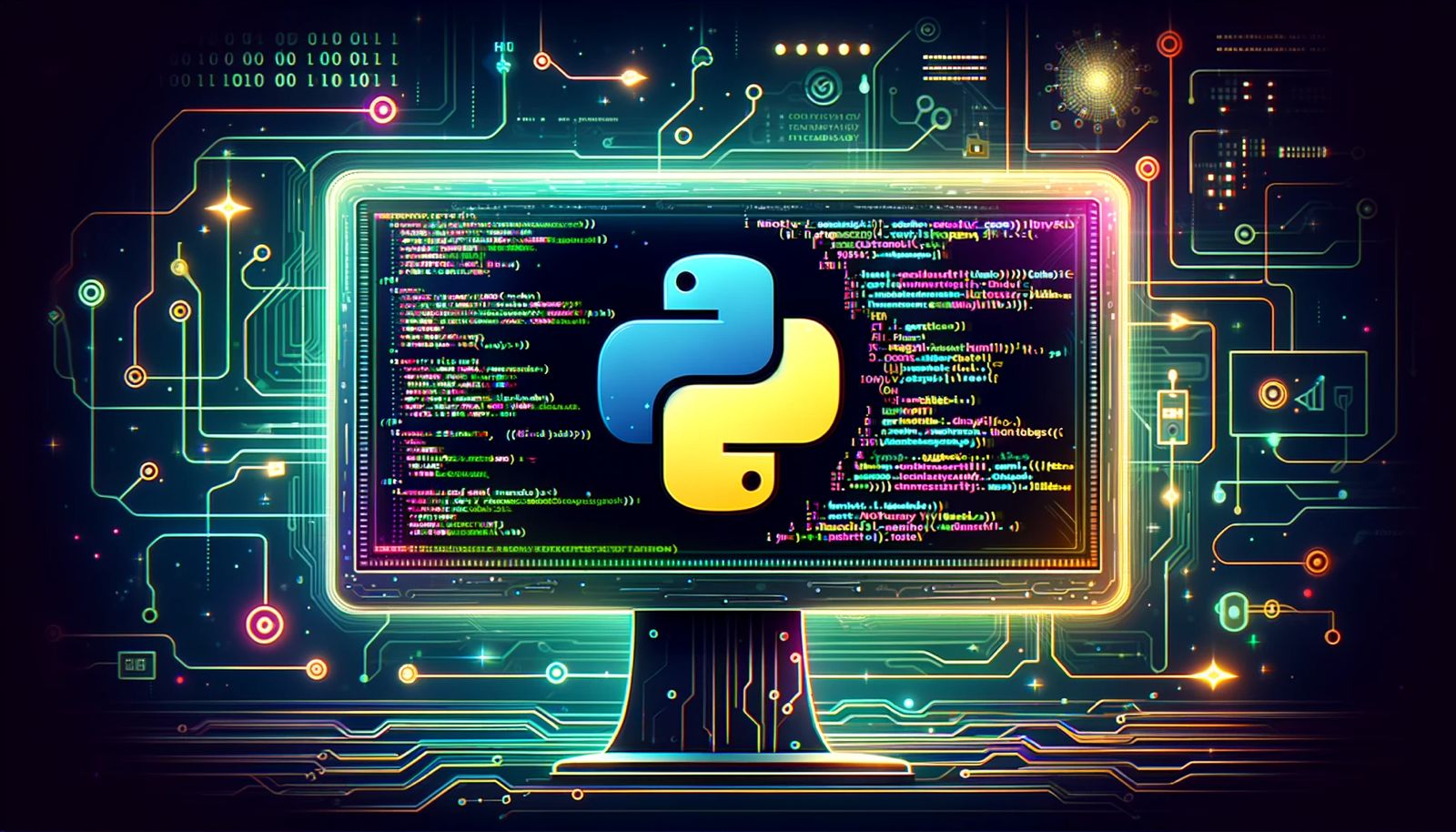
8 Key Missteps to Avoid When Implementing Python for Machine Learning in 2024
Welcome to 2024, where Python continues to reign as a favored language for machine learning (ML) development. However, as ML projects become more intricate, the potential for missteps increases. In this article, we’ll guide you through the top eight missteps to avoid, ensuring your Python-based ML projects are successful and efficient.
1. Overlooking Data Quality: The foundation of any ML model is data. Poor data quality can lead to misleading results.
Actionable Tip: Regularly assess and clean your data. Invest in robust data processing and validation methods.

2. Neglecting Model Validation: Validation is crucial for understanding a model’s performance.
Actionable Tip: Use techniques like cross-validation to gauge your model’s effectiveness on unseen data.

3.Ignoring Python’s Ecosystem : Python’s strength lies in its vast ecosystem of libraries and frameworks.
Actionable Tip: Stay updated with the latest Python tools and libraries like TensorFlow, PyTorch, and Scikit-learn.

4. Underestimating Computational Requirements: ML models, especially deep learning ones, can be resource-intenML models, especially deep learning ones, can be resource-intensive. Actionable Tip: Plan your computational resources. Consider cloud-based solutions for scalability.

The graph above illustrates the varying computational requirements for machine learning projects of different sizes, specifically focusing on the context of Python-based ML implementations in 2024. It categorizes projects as small, medium, large, and deep learning, each demanding increasing levels of CPU cores, RAM, and storage.
Key Observations:
CPU Cores: The number of CPU cores needed increases substantially as the complexity and size of the project grow. Deep learning projects, known for their intensive computations, require the most CPU cores.
RAM (GB): Similarly, the requirement for RAM escalates with the project size. Deep learning projects, often involving large datasets and complex neural networks, demand significantly more RAM.
Storage (GB): Storage needs also rise by the project scale. Large datasets and model storage requirements for deep learning projects result in the highest storage needs.
Skimping on Model Documentation: Documentation is crucial for future reference and team collaboration.
Actionable Tip: Maintain comprehensive documentation of your model’s architecture, data pipelines, and training processes.
Not Keeping Up with Python Updates: Python is constantly evolving, with new features and improvements.
Actionable Tip: Regularly update your Python environment and stay informed about the latest version changes.
Overcomplicating Model Architecture: Key Point: Complex models aren’t always better. They can be prone to overfitting and harder to interpret.
Actionable Tip: Start with simpler models. Gradually increase complexity as needed.
Ignoring the Ethical Implications: Key Point: ML models can inadvertently perpetuate biases.
Actionable Tip: Actively work to identify and mitigate biases in your data and models.

Avoiding these eight key missteps in Python-based machine learning will lead to more robust, efficient, and ethical ML solutions. As we forge ahead in 2024, let’s embrace these best practices to harness the full potential of machine learning.
Happy coding, and here’s to a year of innovative and successful machine-learning projects!
Visit www.gbxtechnology.net to learn more about our Software Solutions.
Contact us today to discuss your project’s requirements.






